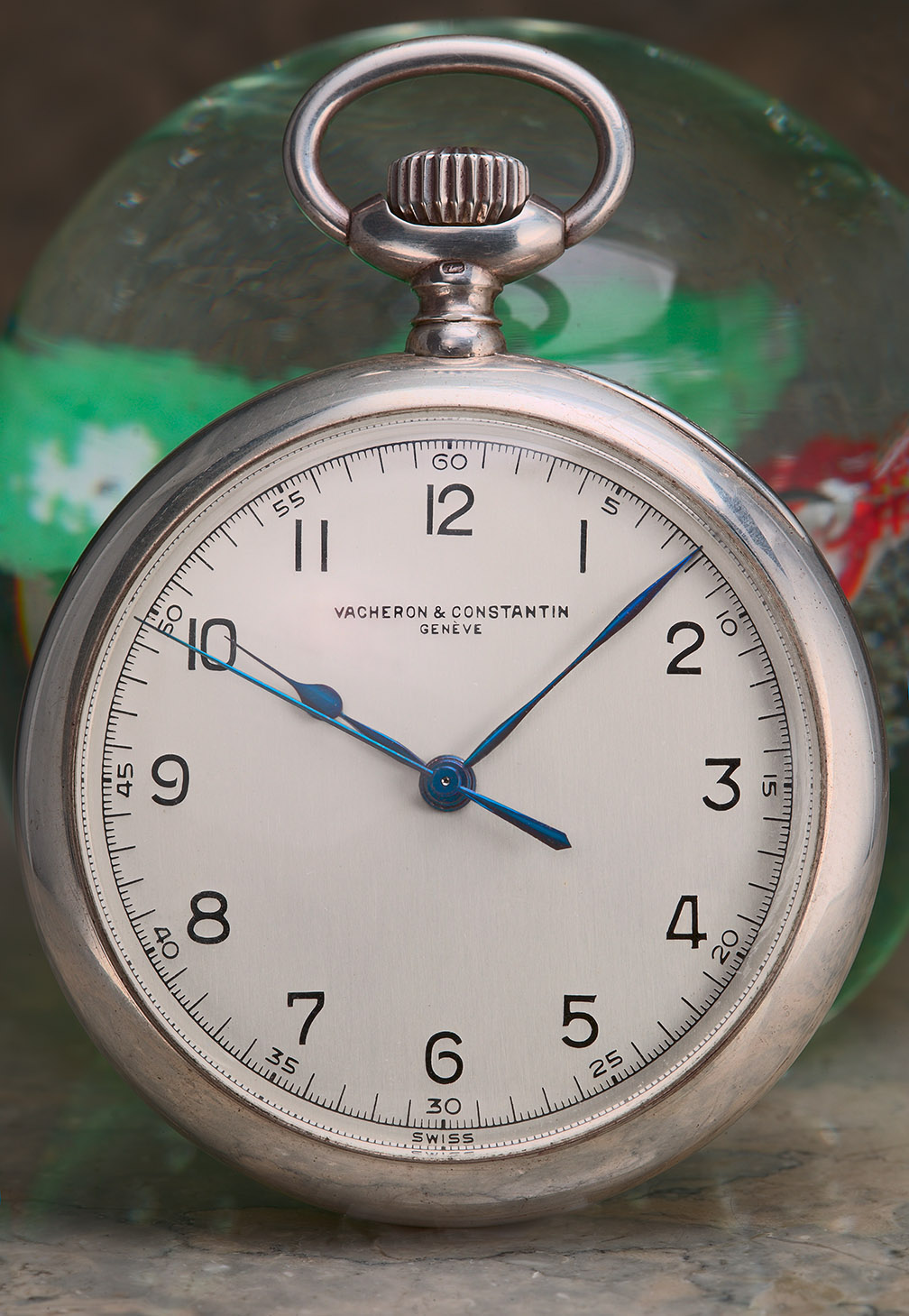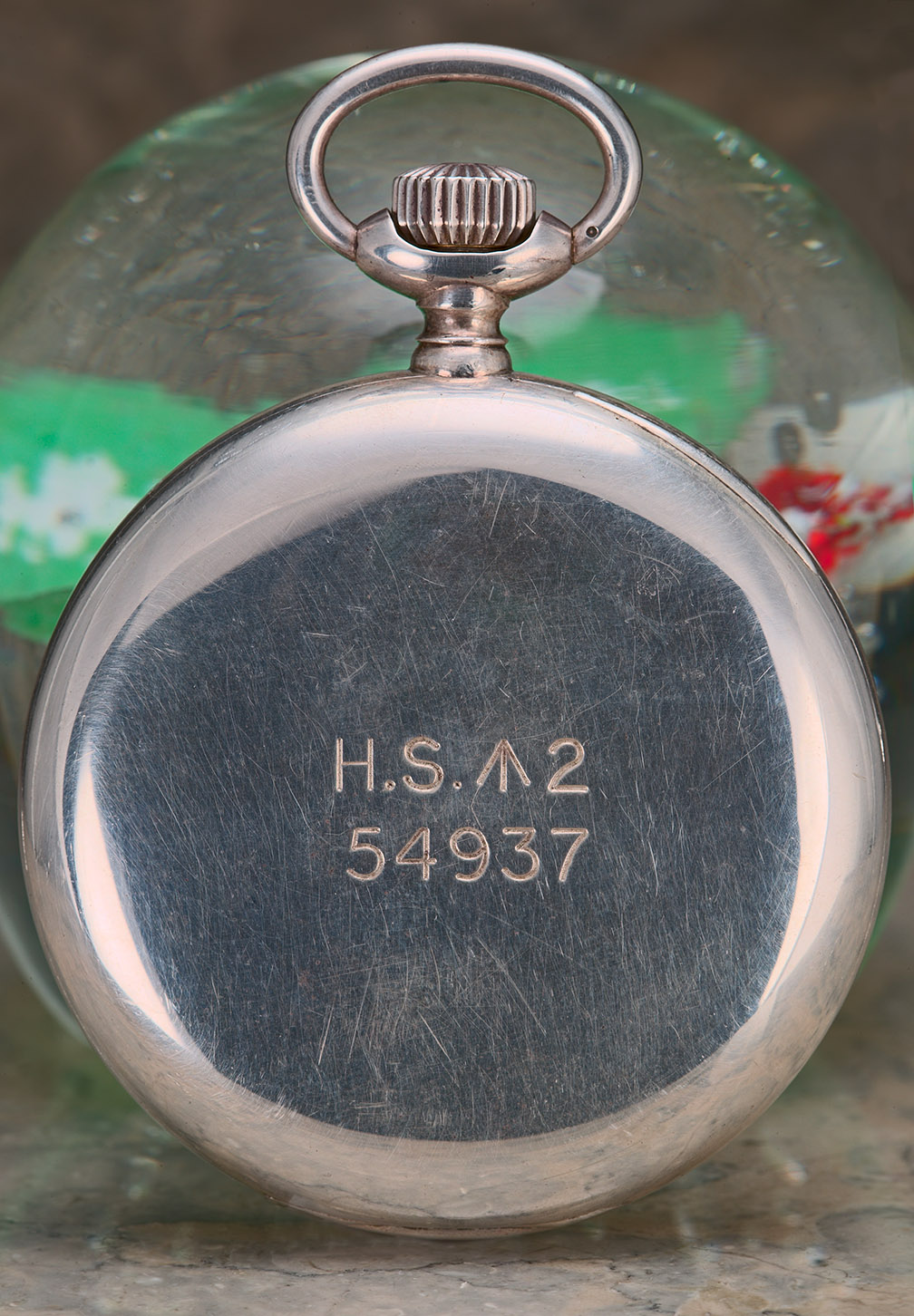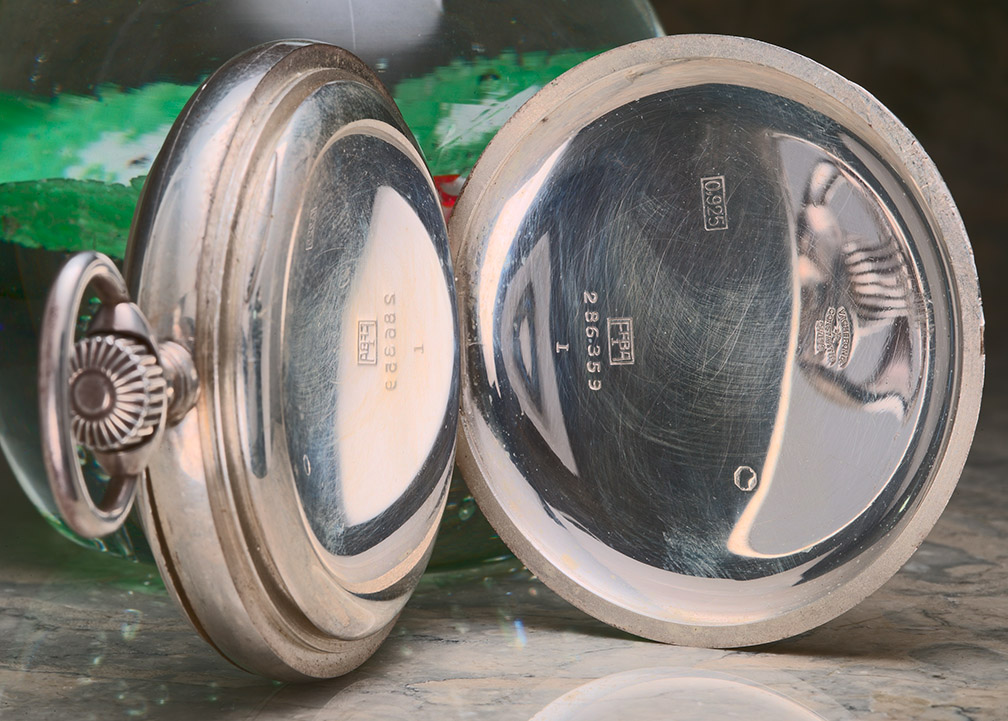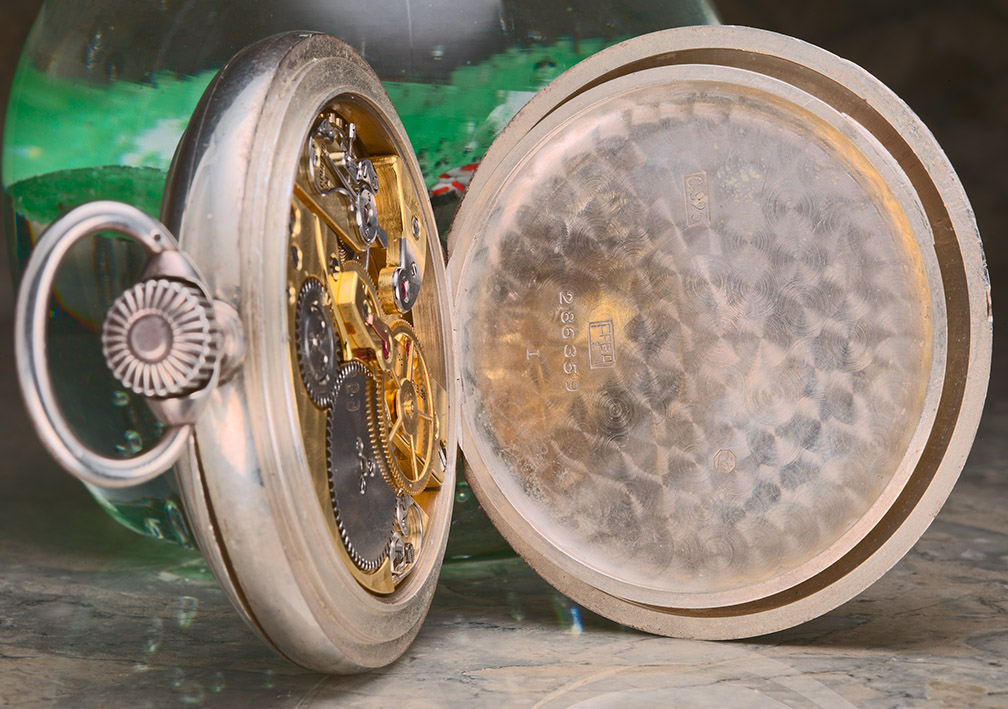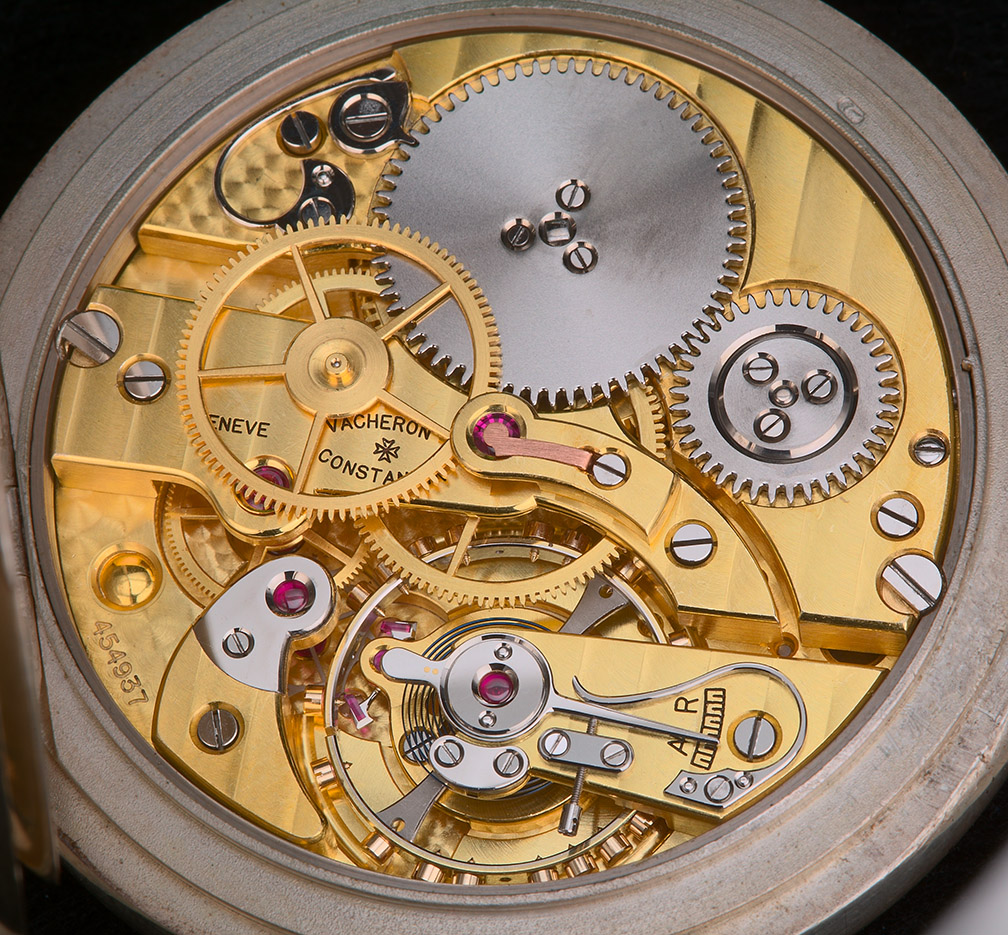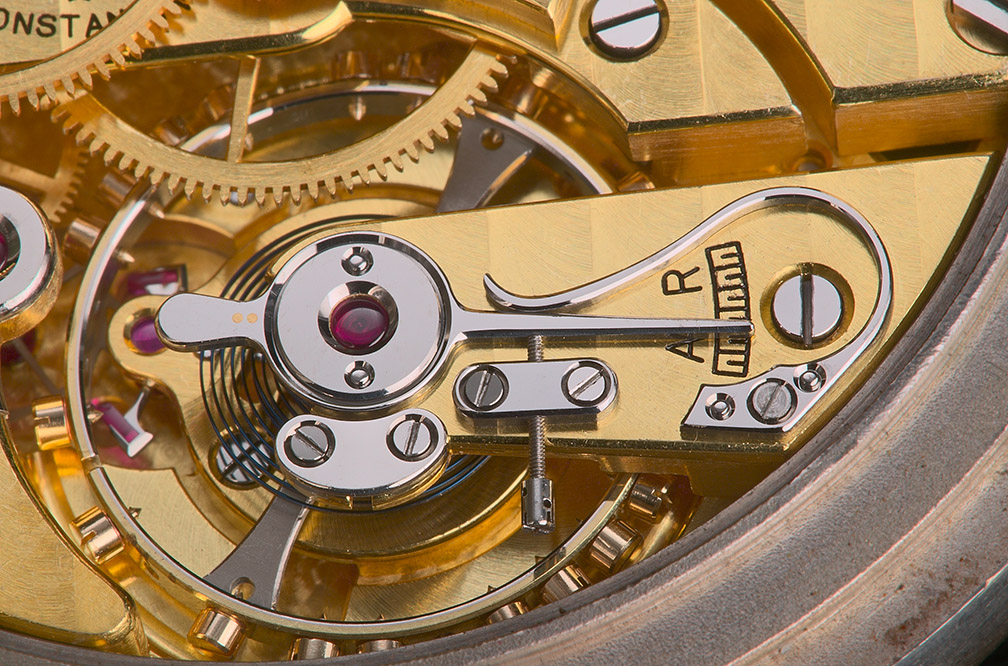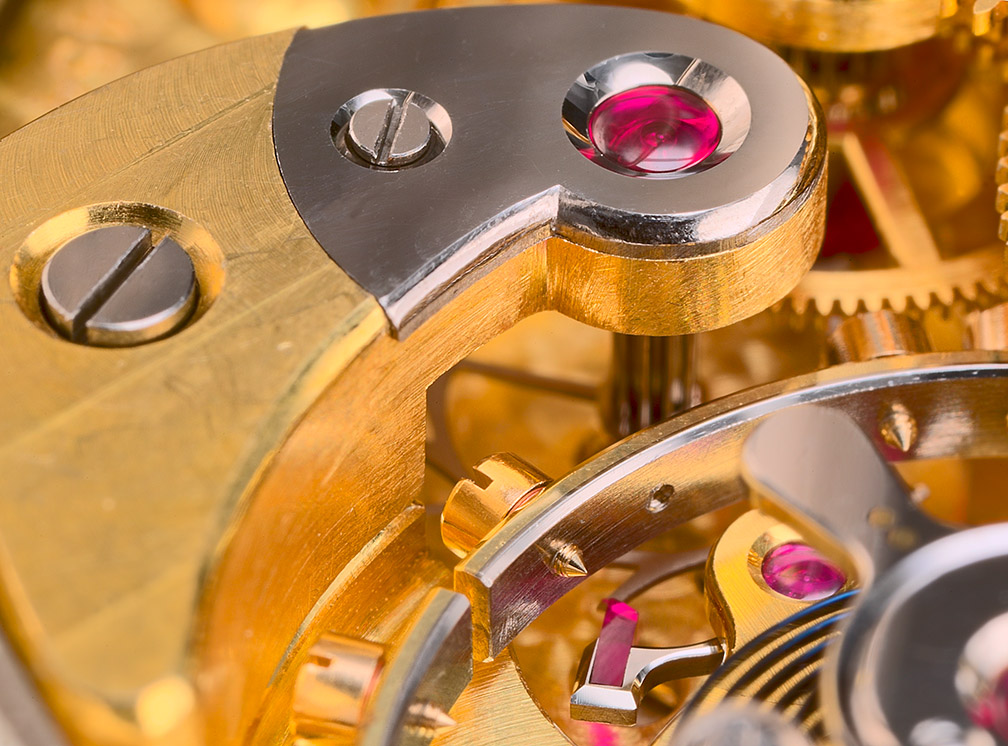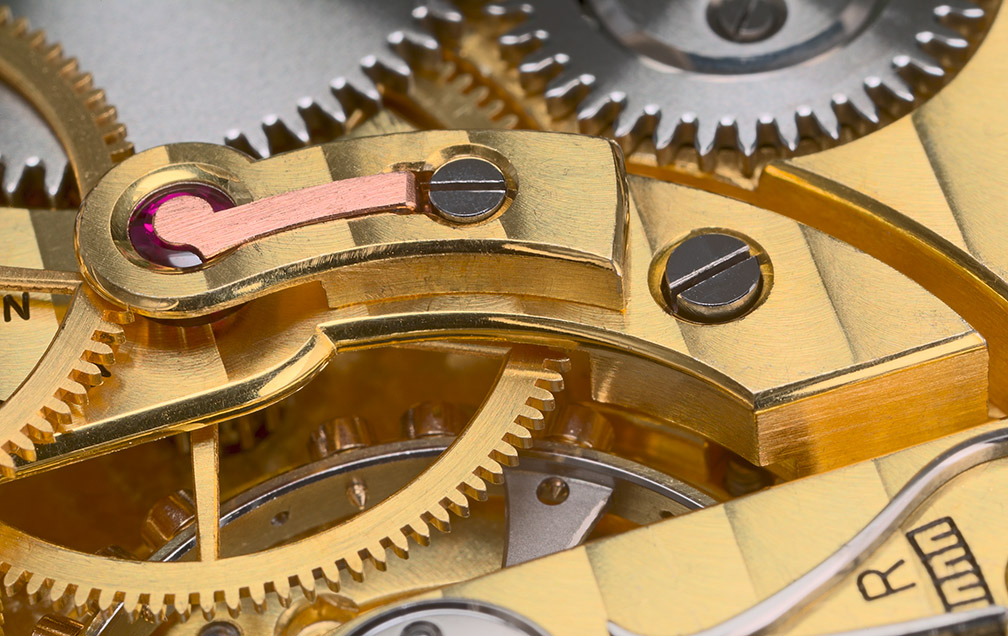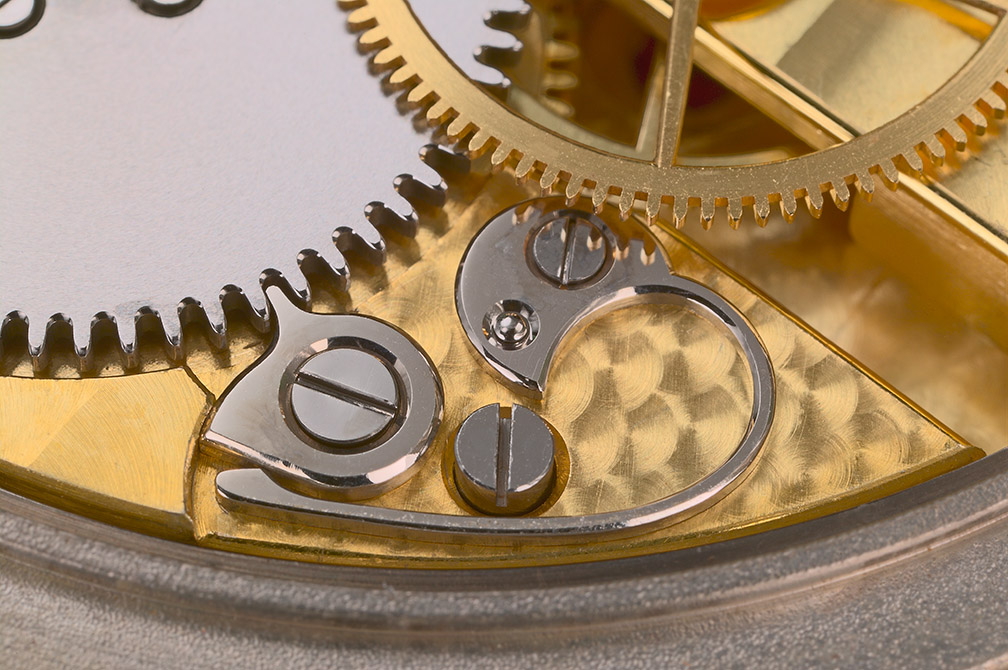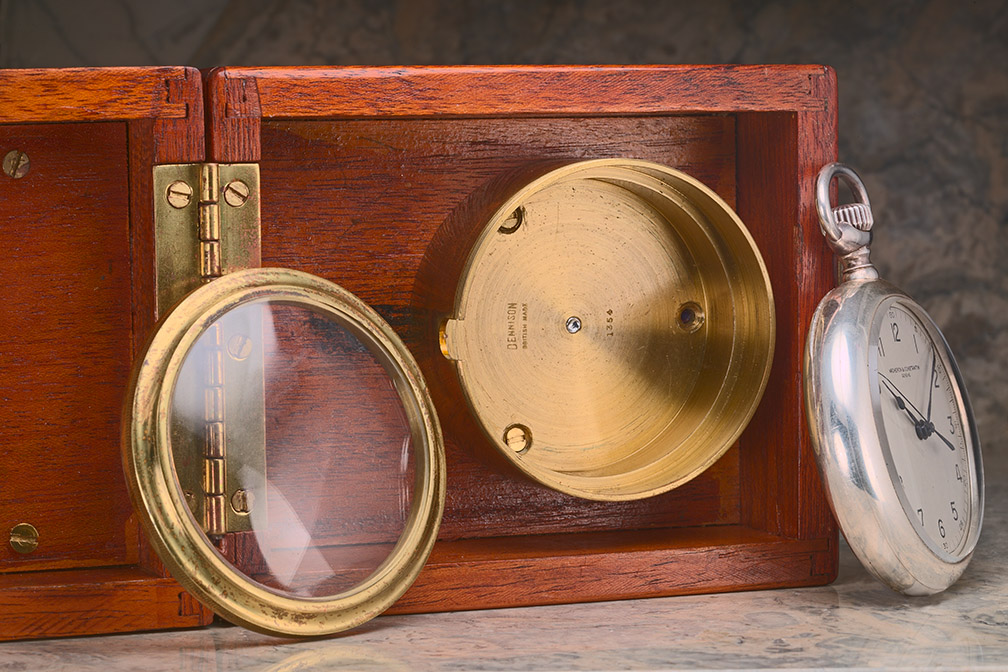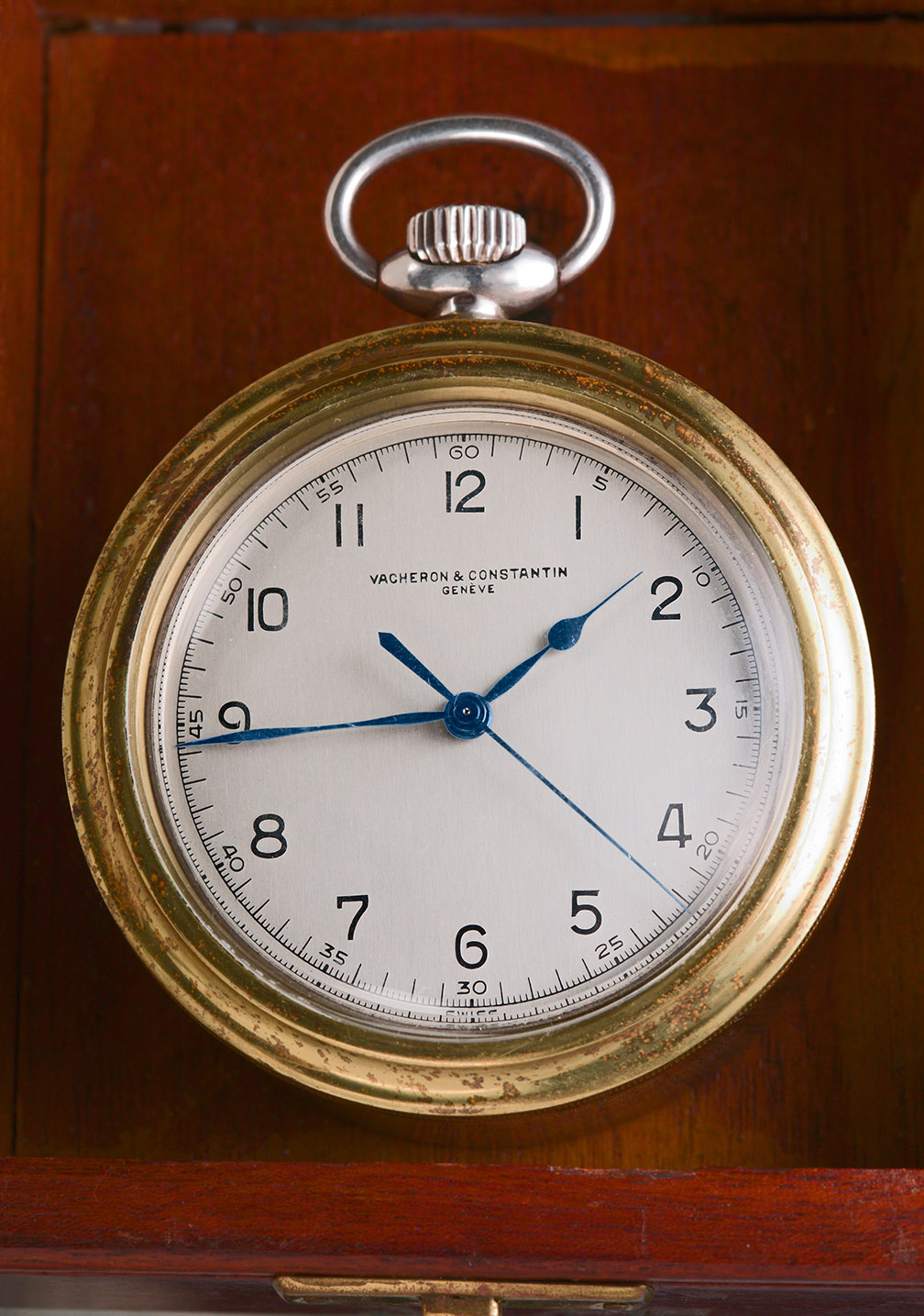As mentioned in an earlier article on marine deck chronometers, these overgrown pocketwatches are the direct descendants of John Harrison's H4 of 1764, the solution to the longitude problem, and thus represent the epitome in portable mechanical timekeeping. While the competition amongst manufacturers to provide ever-more-accurate wristwatches continued until electronic miniturization and economy overwhelmed mechanics in the 1960s, in the more demanding (and less economically constrained) world of military and official timekeeping, the contest was already over by the end of WWII. Although deck watches would contiune to see commercial service for many years, their development ceased. The quest to provide the ultimate in mechanical chronometric accuracy and reliability over long periods and under harsh circumstances ends, with these watches as final testimony.Like its brethren, the present watch is all business, with its brushed silvered dial, blued-steel poire hands and simple black Arabic numerals and track. The movement ticks five times per second, so the smallest markings exactly correspond to the second-hand's progress. The case is sterling silver, a reasonable choice at a time when less noble metals were dedicated to military arms and equipment, and 59mm diameter, oversized for a pocketwatch but among the smallest of deck watches.
